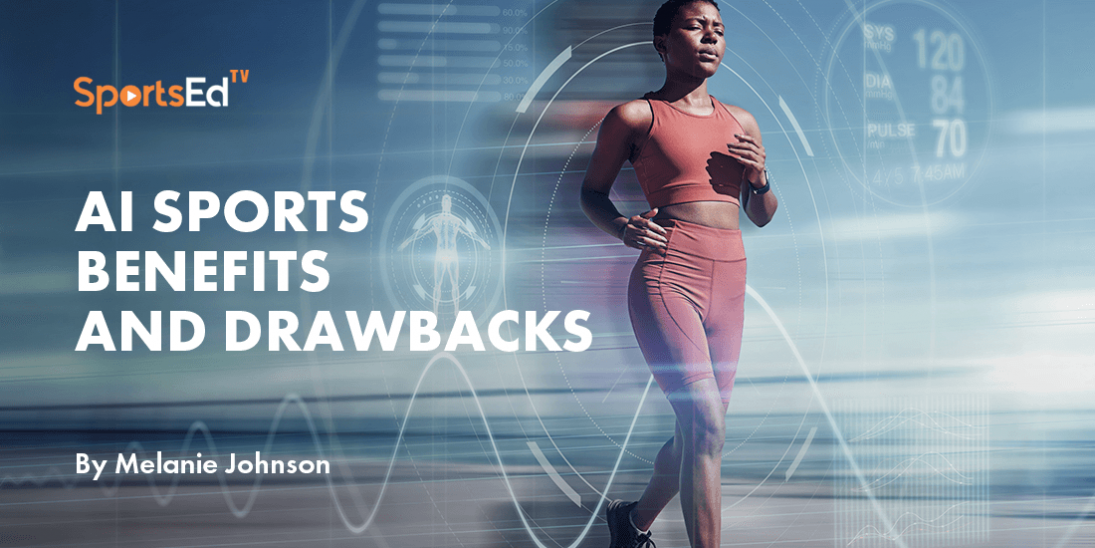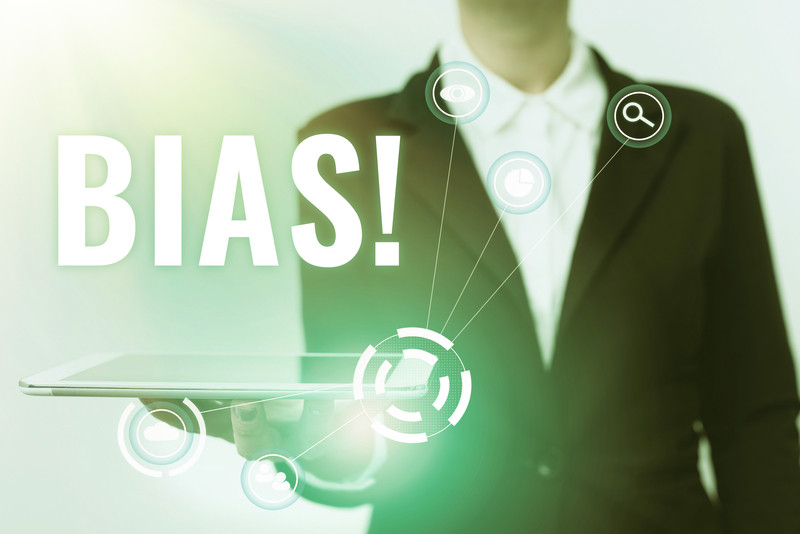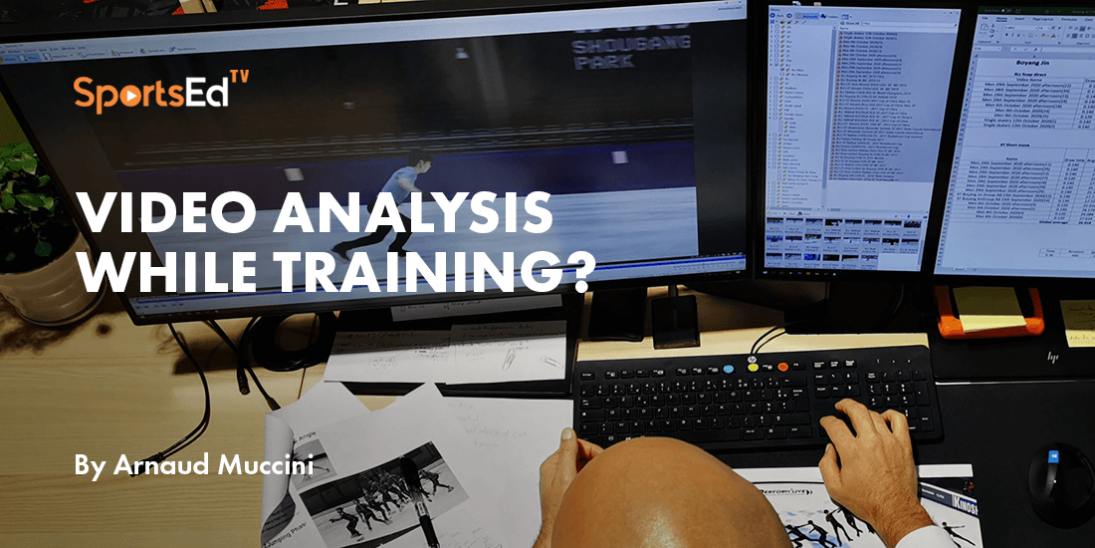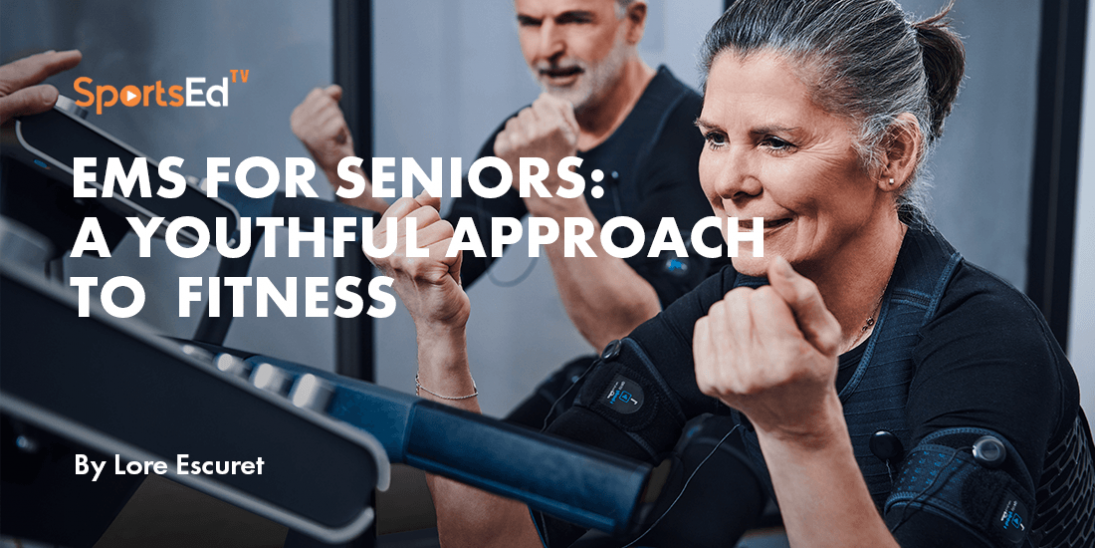Technology
Welcome and thanks for visiting...

What Are Artificial Intel’s Sports Benefits and Drawbacks?

The impact of Artificial Intelligence (AI) has been significant in many industries, such as healthcare, finance, transportation, and even sports.
We've talked about implementing virtual reality in sports, but how can one benefit from artificial intelligence? In sports instruction, AI involves but is not limited to utilizing technology to analyze athletes' performance and provide feedback on their training techniques. So, if you are interested, keep reading to explore the use cases of AI in sports instruction, its existing and potential advantages, and disadvantages.
Benefits of AI in Sports Instruction
Firstly, it's important to mention that there are numerous benefits of implementing AI in sports instruction; here, we'll highlight some of them.
Improved accuracy and precision
One of the significant benefits of AI in sports instruction is the improved accuracy and precision that it can provide. With the help of sensors and cameras, AI technology can capture data on athletes' movements with a high degree of accuracy. This data can then be analyzed using machine learning algorithms, allowing coaches and trainers to identify even the slightest deviations from the ideal form or technique. By pinpointing these areas of weakness, coaches can develop training plans to correct these issues, resulting in more accurate and precise movements. The improved accuracy can be achieved with the help of computer vision, which refers to the computer's or machine's capability to analyze and interpret various visual data, such as digital images and videos. Ultimately, improved accuracy and precision can lead to better performance, as athletes can execute their movements more consistently and efficiently.
Personalized training programs
By analyzing individual athletes' performance data, AI algorithms can identify specific areas of weakness and develop training plans tailored to their needs. This personalized approach can be more effective than traditional training methods, as it considers the athlete's unique strengths, weaknesses, and learning style. By optimizing training programs for each athlete, AI can help to maximize their potential and improve their performance on the field or court.
Real-time feedback and analysis
With the help of real-time and retrospective analytics, coaches and athletes can now monitor their performance during a game and make decisions on the fly without having to wait for post-game results. This enables them to adjust their strategies and plays in real-time while tracking and responding to the opposition's tactics.

Enhanced athlete safety and injury prevention
AI in sports instruction can help enhance athlete safety and injury prevention by providing a more data-driven approach to coaching and training. By analyzing an athlete's movements, AI can identify potential issues in their technique or form that could lead to injury. For example, AI can detect asymmetries or imbalances in an athlete's movements, which put undue stress on specific areas of their body and increase their risk of injury. This can help athletes avoid weightlifting injuries, sprained ankles, back pain, and more unwanted troubles.
Increased efficiency and cost-effectiveness
AI in sports instruction can increase efficiency and cost-effectiveness in several ways. By way of illustration, AI-powered systems can automate traditionally time-consuming and labor-intensive tasks, such as analyzing video footage of an athlete's movements. This can save coaches and trainers significant time, allowing them to focus on other aspects of their job.
Challenges of AI in Sports Instruction
While AI has significant benefits in sports instruction, it also poses several challenges. Here are some of them.
Reliance on Technology
Over-reliance on technology in sports instruction can have several negative consequences. For example, suppose coaches and trainers rely too heavily on AI systems for athlete assessment and feedback. In that case, they may miss important nuances in an athlete's performance that only a human coach could detect. This could lead to a lack of intuition and creativity in coaching, ultimately limiting the athlete's potential. Additionally, some athletes may not respond well to an AI-only coaching approach and may need more personalized feedback and emotional support to thrive. For example, a young athlete struggling with confidence may benefit more from working with a human coach who can provide emotional support and encouragement rather than an AI system that can only provide technical feedback.
Moreover, relying solely on AI systems can limit a coach's ability to adapt to unexpected situations. For instance, during a game or competition, coaches may need to make quick decisions based on their observations of an athlete's performance. If they rely solely on AI-generated data, they may miss important details or fail to recognize the significance of certain situations.
Privacy and Data Security
Privacy and data security concerns are crucial challenges when using AI in sports instruction. Collecting data on an athlete's performance and movements can be invasive, and athletes may be concerned about how their data is used and shared. For example, if AI systems collect data on an athlete's physical abilities, it may reveal personal information that the athlete may not want to share. Additionally, if the data is not stored and secured correctly, there is a risk that it could be accessed by unauthorized parties, potentially leading to data breaches and identity theft.

Bias and Fairness
There are also some concerns about bias and fairness in using AI in sports instruction. AI systems may reinforce existing biases or limitations in training methods if the data used to develop the system does not represent a diverse range of athletes. Coaches and trainers must be mindful of these limitations and work to ensure that the data used to develop AI systems is diverse and representative.
Limited Human Interaction
Finally, motivation is one of the important factors in sports. Every athlete is encouraged and discouraged by the words and actions their coaches tell them. Human interaction is essential for building trust and rapport between athletes and their coaches or trainers. So, while AI has many advantages, one of its biggest challenges is limited human interaction, which any technology cannot replace.
Conclusion
AI in sports instruction offers several benefits, including enhanced athlete safety and injury prevention, increased efficiency and cost-effectiveness, and improved performance analysis. AI can provide real-time feedback to athletes, helping them improve their technique and performance and helping coaches and trainers develop personalized training programs. Nonetheless, along with the benefits, some challenges must be addressed, including privacy and data security concerns, limited human interaction, and bias and fairness issues. Coaches and trainers must ensure that athletes' data is collected and stored securely and that athletes receive the emotional support and motivation they need to reach their full potential. They should also be aware of any biases AI systems may introduce and take steps to address them.
Key Takeaway
AI has the potential to revolutionize sports instruction; however, it should not replace the human element of coaching and training. The most successful training programs will leverage AI's benefits while prioritizing human interaction, emotional support, and the development of essential life skills.
Melanie Johnson, AI and computer vision technical writer and enthusiast with demonstrated experience is passionate about innovation and AI-powered solutions. She shares insights to educate on tech subjects, in this guest blog to discover artificial intelligence’s benefits and drawbacks in sports.








